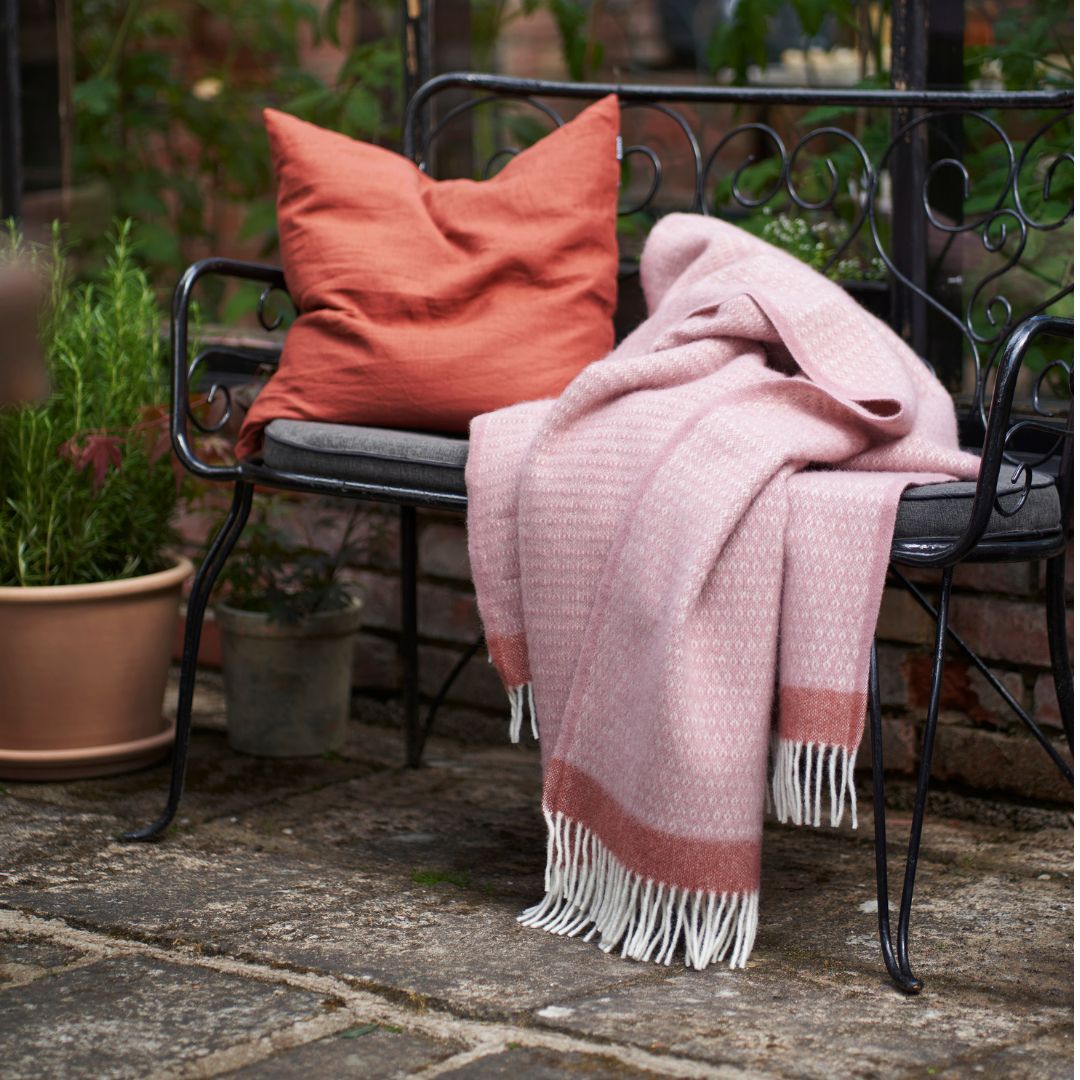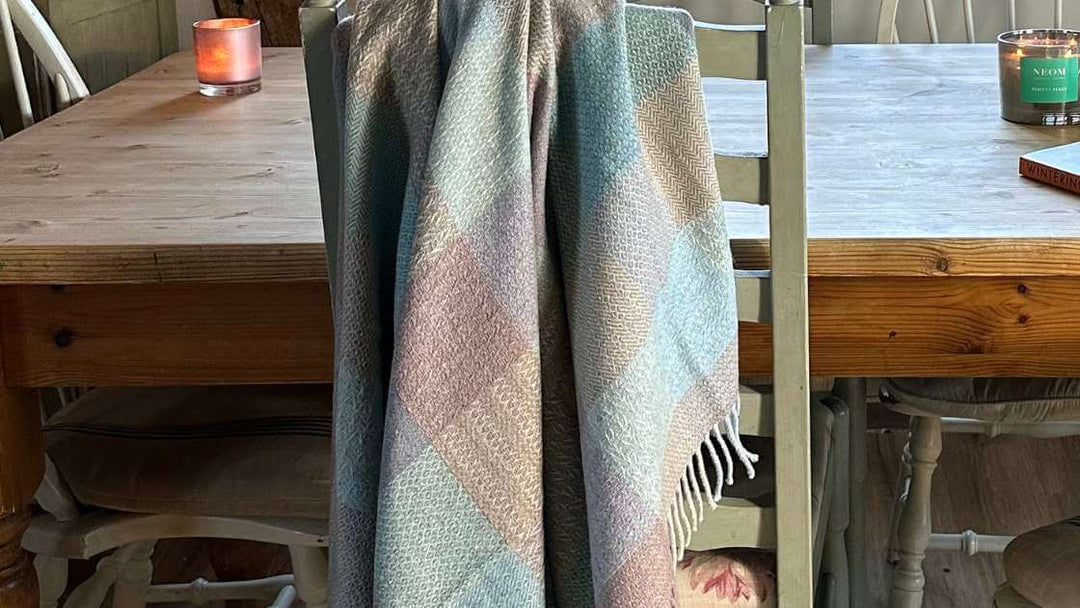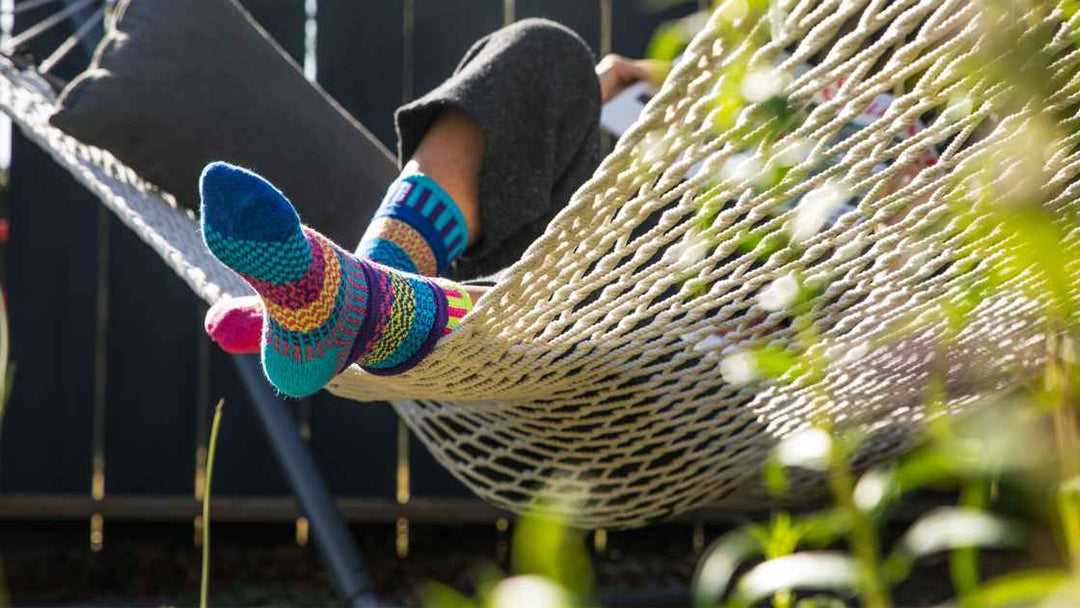Creating a Garden Oasis: A Step-by-Step Guide
I absolutely adore gardens and gardening. When I moved into the house where I currently live, I had a blank canvas. I have spent the last 16 years looking after my garden. Every plant and tree has been chosen and planted by me. It really is my happy place.
Gardens can be the perfect oasis to escape busy city life. They offer a place to relax, unwind, and connect with the natural world. If you're looking to create your garden oasis, this step-by-step guide will walk you through the process from start to finish. From planning to planting, we'll cover everything you need to know to transform your outdoor space into a tranquil haven.
Planning Your Garden Oasis
Setting Your Goals and Vision
Creating a garden oasis is a wonderful way to add beauty and tranquillity to your outdoor space. Before you begin, take some time to determine your goals and vision. What do you hope to achieve with your garden? Are you looking to create a peaceful retreat, a space for entertaining, or a place to grow your own fruits and vegetables?
Consider the style and atmosphere you want to create. Do you prefer a formal or informal garden? Do you want to incorporate water features, such as a fountain or pond? Would you like to include seating areas or outdoor lighting?
Once you have a clear idea of your goals and vision, write them down. This will help guide your decisions as you move through the planning process.
Choosing the Right Location
Choosing the right location for your garden oasis is essential to its success. Start by assessing your outdoor space. Consider factors like sunlight exposure, soil quality, and access to water. Look for a spot with good drainage and adequate space for your plants and features.
Take note of any existing trees, structures, or obstacles that may need to be worked around. For example, if you have a large tree in your yard, you may want to incorporate it into your garden design rather than removing it.
Think about the views from your chosen location. Do you want to create a focal point, such as a statue or pergola, that can be seen from inside your home?
Assessing Your Space and Budget
Once you've chosen your location, it's time to assess your space and budget. How much room do you have to work with? What resources do you have available?
Consider the size and shape of your garden space. Do you have a large, open area to work with, or are you dealing with a small, narrow space? Think about how you can make the most of your available space, whether that means incorporating vertical elements like trellises or using containers to grow plants.
Be realistic about your budget and space constraints. Creating a garden oasis can be expensive, but there are ways to keep costs down. Consider using recycled materials, such as old bricks or pallets, to create paths or raised beds. Look for plants that are native to your area, as they will be better adapted to your climate and require less maintenance.
By taking the time to carefully plan your garden oasis, you can create a beautiful and functional outdoor space that you'll enjoy for years to come.
Designing Your Garden Oasis
Designing a garden oasis can be a fun and rewarding experience. With the right planning and execution, you can create a beautiful space that reflects your personal style and provides a peaceful retreat from the outside world. In this guide, we'll explore some key elements to consider when designing your garden oasis.
Selecting a Theme or Style
Choosing a theme or style can help give your garden oasis a cohesive look and feel. There are many different styles to choose from, ranging from rustic and cottage-like to modern and minimalistic. When selecting a theme or style, consider your personal preferences and the overall aesthetic of your home. Look for inspiration in magazines, online, or in your neighborhood. For example, if you live in a coastal area, you may want to incorporate beachy elements like seashells and driftwood into your design.
Once you've selected a theme or style, think about how you can incorporate it into your garden design. For example, if you've chosen a cottage-style garden, you may want to include a mix of flowers, herbs, and vegetables in your plantings. You may also want to incorporate rustic elements like wooden benches or trellises into your design.
Creating a Layout and Flow
The layout and flow of your garden oasis will determine how well it functions as a space. When designing your layout, consider elements like walkways, seating areas, and plant placement. Create a focal point that draws the eye and anchors the space. This could be a beautiful tree, a water feature, or a piece of garden art.
Think about how you want people to move through the garden and what areas you want to prioritize. For example, if you plan on using your garden for entertaining, you may want to create a seating area that's separate from your plantings. If you have kids or pets, you may want to create a designated play area that's away from delicate plants.
Incorporating Water Features
Water features like fountains, ponds, or waterfalls can add a calming element to your garden oasis. When incorporating a water feature into your design, consider the size and scale of the feature, as well as its placement in the garden. Make sure you have the proper setup for circulation and filtration to keep the water clean and healthy.
Water features can also attract wildlife to your garden, such as birds and butterflies. If you're interested in creating a wildlife-friendly garden, consider incorporating a bird bath or shallow pond into your design.
Adding Seating and Relaxation Areas
Seating and relaxation areas are essential to any garden oasis. When adding seating areas to your design, consider incorporating benches, chairs, or hammocks. Look for spots with shade or sun exposure, depending on your preferences. Create spots for reading, meditation, or entertaining guests.
You may also want to consider adding a pergola or other type of shade structure to your garden. This can provide relief from the sun on hot days and create a cosy, intimate atmosphere in your garden.
You can also consider storage for garden soft furnishings such as seat pads or wool throws for the cooler months.
Overall, designing a garden oasis is all about creating a space that reflects your personal style and provides a peaceful retreat from the outside world. With the right planning and execution, you can create a beautiful and functional garden that you'll enjoy for years to come.
Choosing the Right Plants
Creating a garden oasis is an exciting and rewarding experience. Choosing the right plants is crucial to the success of your garden. Let's explore some tips to help you select the perfect plants for your garden.
Considering Your Climate and Soil
Before you start selecting plants, it's important to understand your climate and soil conditions. Different plants thrive in different environments, so research which plants are best suited for your area. Consider factors like soil pH, moisture levels, and sunlight exposure when choosing plants. This will ensure that your plants will thrive and flourish in your specific environment.
Selecting Plants for Different Purposes
When selecting plants, consider their various purposes. Are you looking for plants that provide shade, privacy, or aesthetic appeal? Do you want to attract pollinators or have plants with medicinal properties? Incorporating different species with different functions will add depth and interest to your garden oasis. For example, planting herbs like lavender and rosemary not only add fragrance and beauty to your garden, but they can also be used in cooking and have medicinal properties.
Creating a Balanced and Diverse Plant Palette
Creating a balanced and diverse plant palette will create a more beautiful and functional garden oasis. Consider plants with different heights, textures, and colours. Mixing foliage and blooms for added interest will give your garden a more dynamic look. Look for species that complement one another and create a cohesive look. For instance, combining tall plants like sunflowers with shorter plants like marigolds can create a beautiful and balanced display.
Adding Colour and Texture with Flowers and Foliage
Flowers and foliage are the most obvious way to add colour and texture to your garden oasis. Look for species that thrive in your area and complement your design. Consider incorporating annuals for seasonal interest and use perennials for long-term pleasure. For example, planting tulips in the spring and chrysanthemums in the fall can provide a burst of colour during those seasons.
By considering your climate and soil conditions, selecting plants for different purposes, creating a balanced and diverse plant palette, and adding colour and texture with flowers and foliage, you can create a beautiful and thriving garden oasis that you can enjoy for years to come.
Building and Installing Garden Features
Creating a beautiful garden oasis requires more than just planting flowers and shrubs. Adding garden features can help create structure, add interest, and make your garden more functional. Here are some ideas for building and installing garden features:
Constructing Paths and Walkways
Paths and walkways not only create structure and definition in your garden but also provide a functional way to navigate through your outdoor space. When considering materials for your paths and walkways, think about durability, aesthetics, and maintenance. Stone, pavers, and gravel are popular options that can withstand heavy foot traffic and weather conditions. Also, consider the design of your walkways. Creating curves or angles can direct the eye and connect different areas of your garden, creating a more cohesive space.
Installing Water Features and Fountains
Water features and fountains can add a sense of tranquillity and relaxation to your garden oasis. However, installing them requires careful planning and installation. It's best to hire a professional plumber or landscaper to ensure proper setup and maintenance. Additionally, make sure you have the necessary permits and follow local regulations. Once installed, water features and fountains require regular maintenance to keep them looking and functioning their best.
Building Raised Beds and Planters
Raised beds and planters are a great way to make gardening more accessible and efficient. They can also add visual interest to your garden. When choosing materials for your raised beds and planters, look for options like cedar, redwood, or composite that are durable and long-lasting. Consider the size and placement of your beds in the garden. You want to make sure they are easily accessible and functional while still being aesthetically pleasing. Look for designs that allow for proper drainage and soil aeration to promote healthy plant growth.
Adding Lighting for Ambiance and Safety
Lighting is not only functional but can also create a magical ambiance in your garden oasis. Consider adding spotlights for trees or features that you want to highlight, or mood lighting for relaxation areas. Look for low-voltage or solar-powered options for energy efficiency and safety. Additionally, lighting can provide safety by illuminating walkways and stairs, making it easier to navigate your garden at night.
Creating a garden oasis can be a labour of love, but the results are worth it. With careful planning and execution, you can transform your outdoor space into a haven of tranquillity and beauty. Remember to choose plants that thrive in your area, create a cohesive design, and prioritize relaxation and enjoyment. Follow these tips, and you'll be well on your way to creating your garden oasis.
Country Mouse sell a wide variety of wool throws to help make your oasis come to life. You are welcome to browse our online shop.











Leave a comment